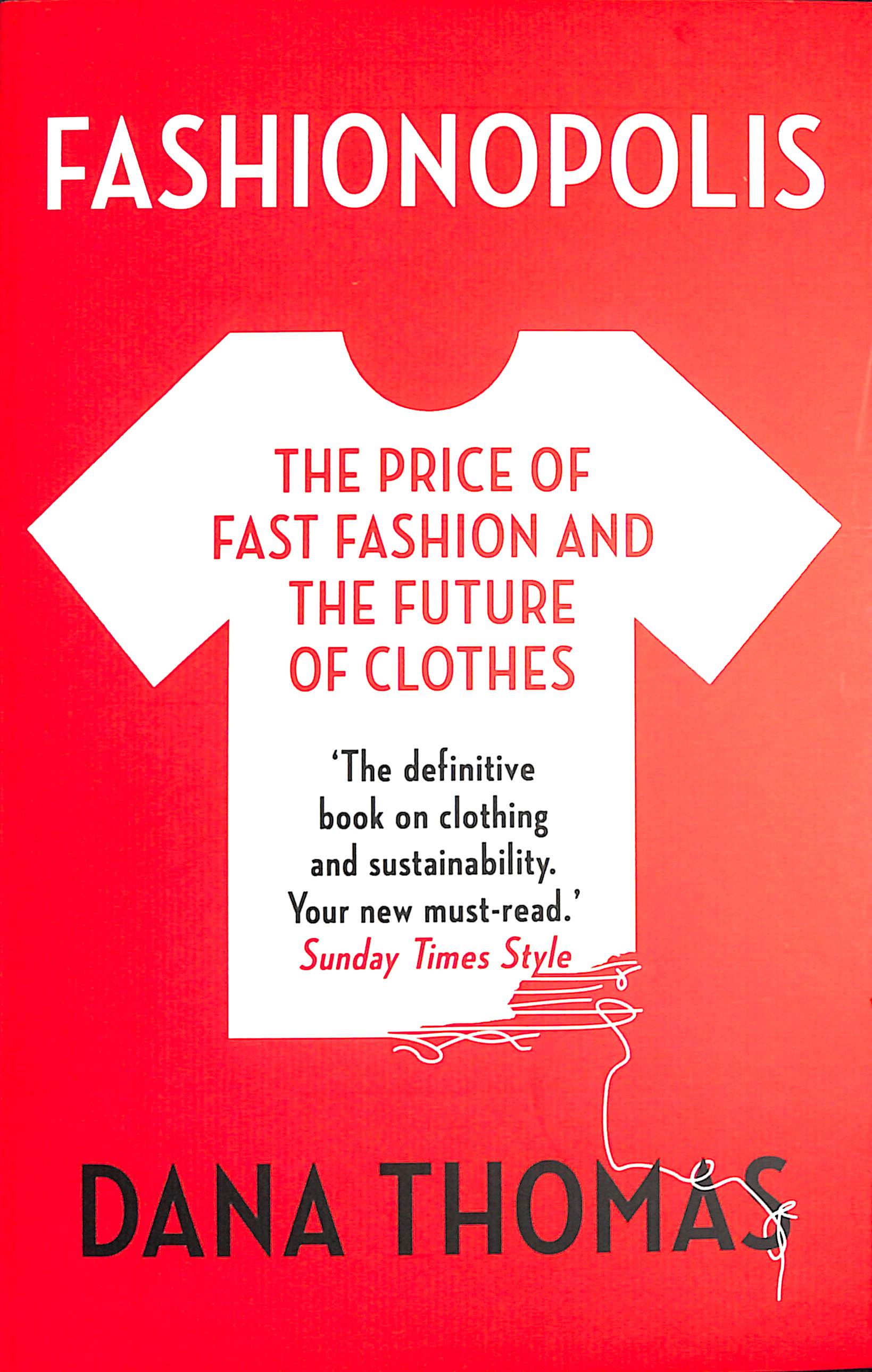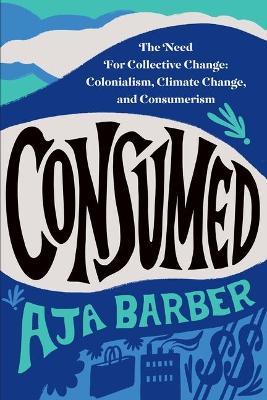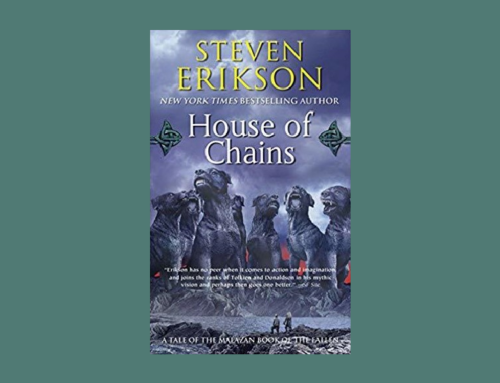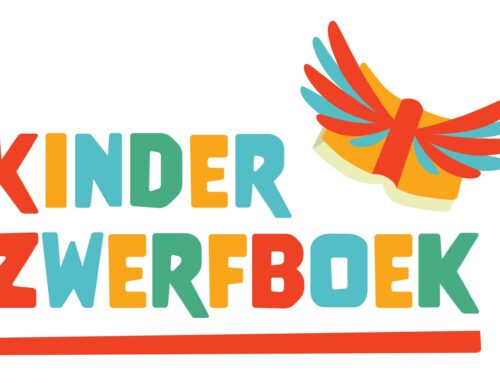written by Lília
When I started sewing some 10 years ago, I wasn’t thinking about fashion, sustainability or how much we consume on a daily basis. I was thinking about making clothes that would fit me well.
Fast-forward a few years, and I became conscious of how fast fashion pollutes the planet, the waste it produces and the lack of equality for its workers. In my hunt for more information about sustainability and re-using materials for making clothes, I came across two books that changed my view of fashion. They also showed me the importance of being personally more sustainable.
In Fashionopolis, Dana Thomas confronts us with how industrialization and capitalism led the world into the catastrophic fast fashion business we find ourselves in today and how much we still need to learn. She denounces the use of poisonous insecticides on crops and its devastating consequences, how fashion stimulates consumption, the corrupted systems permeating the fashion business and consumers’ justification of their buying behavior with phrases such as “workers still need jobs”, even though they know the ones making the clothes aren’t the ones making the profits.
Thomas also highlights the grassroots, high-tech, international movements fighting to reform the industry. She argues for an industry-wide reckoning with a more sustainable production model at its core. That includes more ethical methods, with fairly paid workers and a commitment to local and global communities. We will only change the fashion catastrophe if we put the effort into making fashion more ethical and less about sky-high profits.
In Consumed, Aja Barber recounts her own journey from fast-fashion buyer to fashion activist, highlighting her discovery process of fashion, consumption and the personal changes she made to live a more sustainable and less consumerist life.
Always a fashion lover, Barber followed her passion, but soon discovered how inequitable the fashion industry is, especially for BIPOC (Black and Indigenous people of color) people. She sheds light on the role the textile industry played in colonization, slavery and racism and led to today’s wealth inequalities and environmental crises. Cultural appropriation harms all cultures, she argues, and our current shopping behavior is not far behind.
But Barber also tells us how to combat this great consumerism con, presenting a kind of how-to guide for us to fight the system and take more responsibility for our world and how we engage and consume in it. At its core, Consumed shows us “the need for collective change” and how to go about achieving it.
Even though the two books are quite different in their approaches, both Fashionopolis and Consumed show consumers how important change is – in all its stages. The industry needs an alteration, but we, as consumers, also need to transform the way we see the world, our needs and the needs of the planet. We must remember we live in a global environment with finite resources and health. We need to work for sustainability now. Both these books are great starting points.






